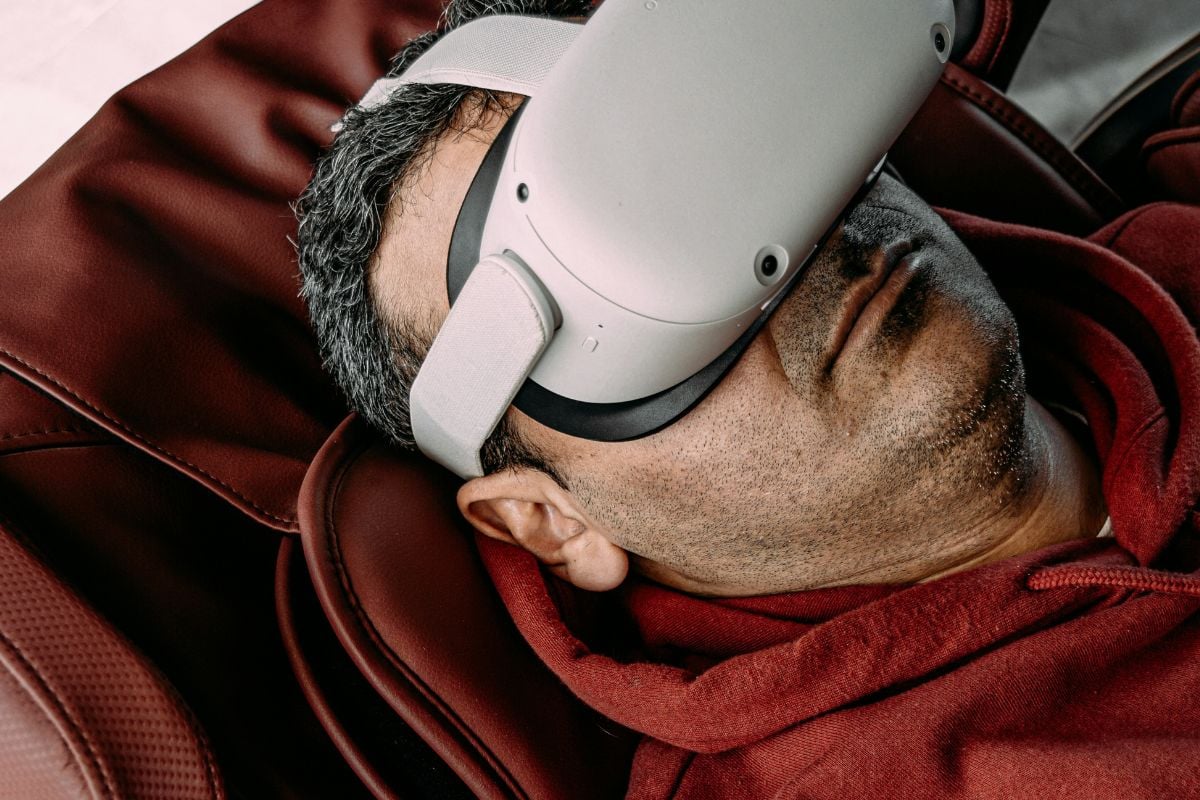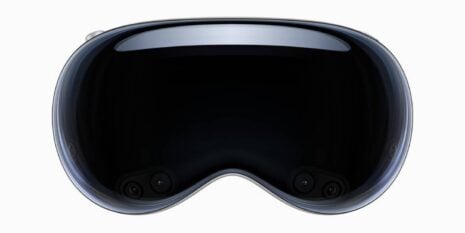The Role of Virtual Reality in Sexual Education
One area that stands to benefit immensely from VR is sexual education. Traditionally, sexual education has faced numerous challenges, including cultural taboos and the difficulty of providing a safe and immersive learning environment. VR, with its ability to create realistic, interactive experiences, offers promising solutions to these issues.
 The integration of virtual reality into sexual education represents a significant step forward in how we approach this critical subject. By providing immersive, interactive, and personalized learning experiences, VR can enhance understanding, break down barriers, and promote empathy among students.
The integration of virtual reality into sexual education represents a significant step forward in how we approach this critical subject. By providing immersive, interactive, and personalized learning experiences, VR can enhance understanding, break down barriers, and promote empathy among students.

 Sexual education is not just about the mechanics of sex; it also involves understanding emotions, relationships, and social dynamics. VR can play a crucial role in teaching empathy and fostering a deeper understanding of these aspects.
By stepping into the shoes of others through virtual scenarios, students can experience different perspectives and situations, such as understanding consent from both sides or experiencing the challenges faced by LGBTQ+ individuals. This immersive empathy training can lead to more respectful and informed attitudes towards sexual health and relationships.
Sexual education is not just about the mechanics of sex; it also involves understanding emotions, relationships, and social dynamics. VR can play a crucial role in teaching empathy and fostering a deeper understanding of these aspects.
By stepping into the shoes of others through virtual scenarios, students can experience different perspectives and situations, such as understanding consent from both sides or experiencing the challenges faced by LGBTQ+ individuals. This immersive empathy training can lead to more respectful and informed attitudes towards sexual health and relationships.
 The integration of virtual reality into sexual education represents a significant step forward in how we approach this critical subject. By providing immersive, interactive, and personalized learning experiences, VR can enhance understanding, break down barriers, and promote empathy among students.
The integration of virtual reality into sexual education represents a significant step forward in how we approach this critical subject. By providing immersive, interactive, and personalized learning experiences, VR can enhance understanding, break down barriers, and promote empathy among students.
Breaking Down Barriers
One of the most significant advantages of using VR in sexual education is its ability to break down barriers and create a comfortable learning environment. Many students, as well as people in general, feel embarrassed or uncomfortable discussing sexual health topics. VR can provide a private, judgment-free space where individuals can learn at their own pace. This technology allows students to engage with content without fear of judgment from peers or instructors, promoting a more open and effective learning experience.Immersive and Interactive Learning
VR's immersive nature is particularly beneficial for sexual education. Traditional methods often rely on textbooks, lectures, and diagrams, which can be abstract and unengaging. In contrast, VR can simulate real-life scenarios in a controlled, safe environment. These immersive experiences help learners better understand and retain information, making education more impactful and memorable.
Applications of VR in sexual education
- Exploring Anatomy. Virtual reality offers students the opportunity to delve into the human body in a lifelike and engaging way. By using VR headsets and controllers, they can navigate various anatomical structures, gaining a comprehensive understanding of reproductive organs and their functions. This interactive approach provides a more in-depth learning experience compared to traditional methods.
- Teaching Consent and Boundaries. VR is a powerful tool for educating students about consent, personal boundaries and communication skills. Through immersive, simulated social situations, students can learn how to set and respect boundaries effectively. This experiential learning method equips students with the skills necessary for fostering healthy relationships by allowing them to practice and understand consent in a safe environment.
- Promoting STD and Pregnancy Prevention. Virtual reality simulations offer a safe and informative space for students to learn about the risks and consequences of unprotected sex. By observing potential outcomes of risky behaviors, students are encouraged to make informed choices about their sexual health. Additionally, VR can demonstrate the correct use of contraceptives, which aids in reducing the incidence of unplanned pregnancies and sexually transmitted diseases.
Personalization and Adaptability
Another key benefit of VR in sexual education is its potential for personalization. VR programs can be tailored to meet the needs of different age groups, cultural backgrounds, and individual learning styles. This adaptability ensures that the educational content is relevant and appropriate for all users. For instance, younger students can explore basic anatomy and hygiene, while older students might delve into more complex topics like relationships and safe sex practices. VR can also provide tailored feedback and additional resources based on the user's progress and understanding.Enhancing Empathy and Understanding
 Sexual education is not just about the mechanics of sex; it also involves understanding emotions, relationships, and social dynamics. VR can play a crucial role in teaching empathy and fostering a deeper understanding of these aspects.
By stepping into the shoes of others through virtual scenarios, students can experience different perspectives and situations, such as understanding consent from both sides or experiencing the challenges faced by LGBTQ+ individuals. This immersive empathy training can lead to more respectful and informed attitudes towards sexual health and relationships.
Sexual education is not just about the mechanics of sex; it also involves understanding emotions, relationships, and social dynamics. VR can play a crucial role in teaching empathy and fostering a deeper understanding of these aspects.
By stepping into the shoes of others through virtual scenarios, students can experience different perspectives and situations, such as understanding consent from both sides or experiencing the challenges faced by LGBTQ+ individuals. This immersive empathy training can lead to more respectful and informed attitudes towards sexual health and relationships.































Recent Comments